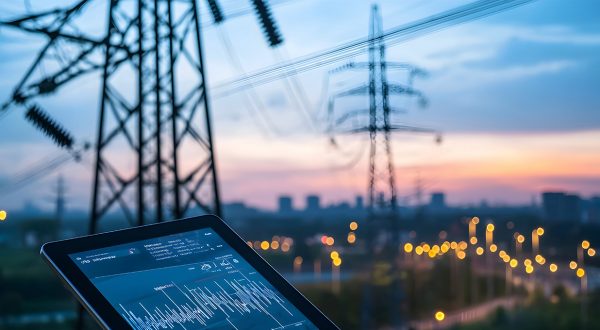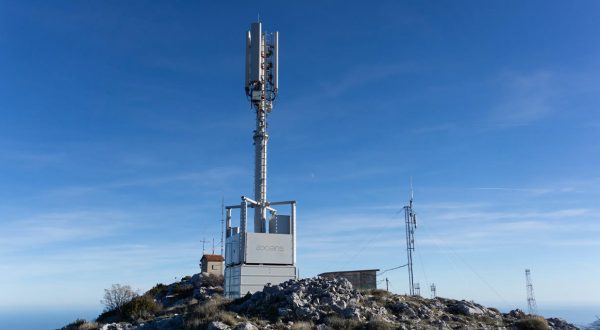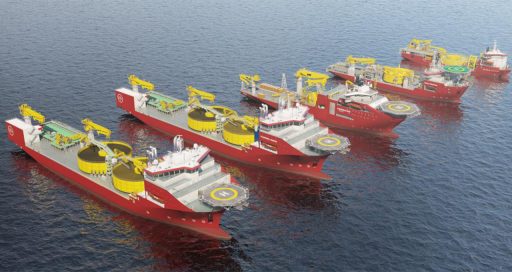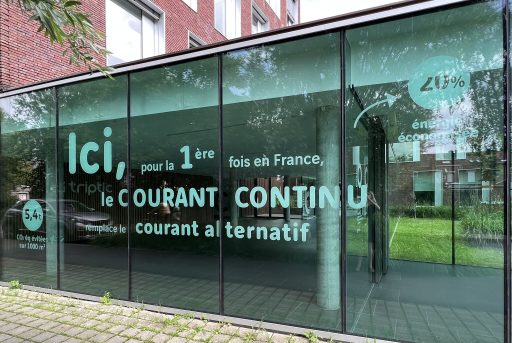Axians Sweden: innovating to make data centres more energy efficient
Reading time: 4 min
Data centres are heavy consumers of electricity and can therefore emit greenhouse gases in large quantities. Axians Sweden is working to minimise the environmental impact of this sector by implementing practical and innovative solutions.

Data centres consume large quantities of electricity. As a leader in its sector, Axians, the VINCI Energies ICT brand, is aware that data centres are potentially huge emitters of greenhouse gases. “However,” declares Michael Ellnebrand, Automation Engineer and Environmental Ambassador at Axians Sweden, “This is something we can take action on! Optimising energy consumption in data centres can bring significant environmental gains.”
Axians Sweden was the first company to offer its customers certified green electricity in the country. The company’s constant environmental commitment earned it the ISO 14001 certification in 2015.
“And we’ve only improved since then,” says Michael Ellnebrand. “Thanks to good supplier management and monitoring, we are getting environmental performance in our external data centres at least as good as in the ones we manage directly.” Axians selects its external data centres based partly on their environmental profiles.
This environmentally responsible approach reduces its emissions and also its impact on biodiversity. “For example,” the automation engineer continues, “We make sure that the hydroelectricity we use is generated using a reasonable flow of water, which has a lesser effect on animals and plants. Similarly, wind turbines are sited where they have less impact on animal life.”
Practical measures
Axians’ environmental action in Sweden includes various practical measures. Firstly, in purchasing: Michael Ellnebrand explains that “Before we acquire new units for a data centre, our choice is determined by an important parameter: the ratio of energy consumption to equipment performance. An energy-efficient device can have a longer life.
Another important factor is the manufacturing process. “This often represents a significant proportion of a unit’s total emissions over its entire life cycle. We also need to take account all the transportation of components to the factory, as well as of the finished unit to the data centre.”
“Optimising energy consumption in data centres can bring significant environmental gains”
Axians is also taking action on the temperature of its data centres. Raising the average temperature of the units it uses on behalf of its customers is generating a 20 to 25 percent reduction in electricity consumption. “We worked with suppliers to arrive at a reasonable temperature without endangering the equipment,” explains Michael Ellnebrand.
He also notes the work done on monitoring air flows: “When you raise the temperature in a data room, you need to pay far more attention to how the air is circulating. That’s why we’ve installed ducts that effectively keep the heat and cold separate. This ensures that all the devices get sufficient cooling despite the increased temperature. We also reduced fan speeds, which also helps reduce electricity consumption.”
Innovative solutions
In case of a blackout, Axians opted for a solution that allows the use of biodegradable energy reserves both in batteries and backup electrical supplies. “We use an environmentally friendly alternative, EcoPar A,(1) a fuel with half the greenhouse gas emissions of ordinary diesel,” says Michael Ellnebrand.
And some Axians partners have implemented other innovative solutions. “One of them treats the heat in its data centre as a resource. Instead of simply releasing it, it is recycled by injecting it into the district heating. This reduces the total electricity consumption of the affected residences.”
Another action taken to help reduce greenhouse gas emissions is the installation of solar panels on the roofs of data centres. “As well as the savings these generate, producing the electricity locally reduces the load on the power grid network.”
—
*EcoPar A is a fuel for diesel engines, developed and patented by the Swedish company EcoPar AB. Emissions of numerous carcinogenic substances are reduced by over 90% compared with diesel, and nitrogen dioxide (NO2) levels in the environment by up to 60%.
03/14/2024




